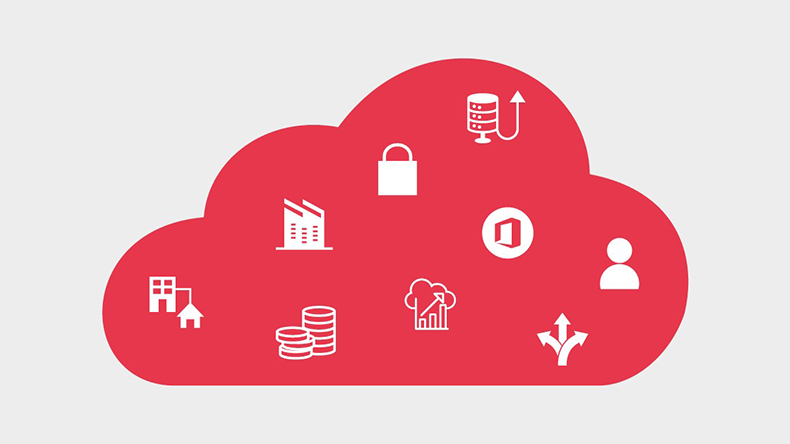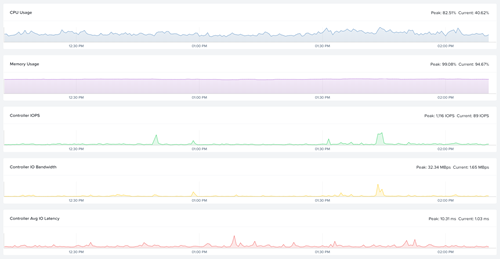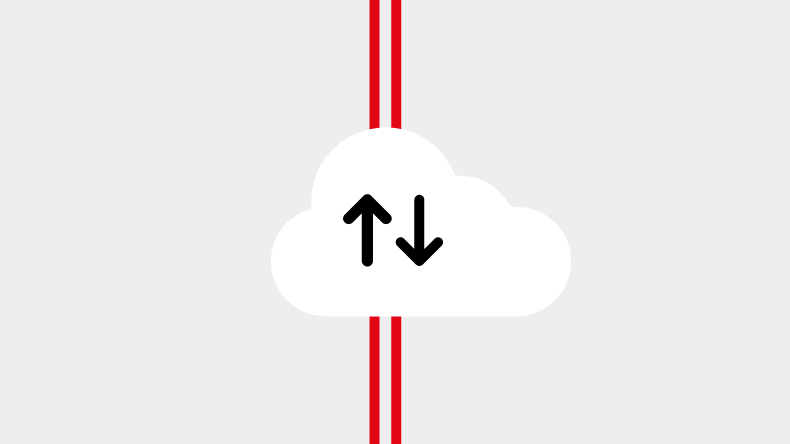Enterprise Cloud Solutions

All businesses need IT infrastructure, whether it’s public, private or enterprise. However, it can be hard to find the right solution for your services or workload – precisely because infrastructure is everywhere, and has become almost ‘invisible’. In this guide, we look at public cloud solutions, and why they’re not always the simple answer they may appear to be.
Foggy pricing and elastic boundaries
Public cloud providers such as GCP, Microsoft Azure, and AWS are all looking to attract new customers. To do so, they point to the elasticity and flexibility of their services, which allows you to scale up and down based on demand. This is one of the main benefits of public cloud.
This flexibility proves very useful in busy periods, particularly for applications that scale based on resource. You simply select a size of virtual machine – A, B or C – and away you go. However, not all workloads benefit from more CPU cores and RAM. We often find the application doesn’t actually scale up – instead, it scales out. In other words, the load is spread across more resource pots, when what you need is one really big pot.
Public cloud can also spring some surprises in an area that every business cares about: costs.
Costs for public cloud solutions can be unpredictable, since they depend on utilization. A given byte of data can be charged differently depending on whether it is entering or exiting the environment. A rogue process communicating with another service or environment will soon rack up extra expenditure, and lead to some awkward conversations with your finance team.
On top of this, public cloud can be difficult to navigate and manage. A sprawl of services and workloads is common, and can be hard to keep track of. IT teams can quickly add new services, which is a godsend in the heat of the moment. However, we see many virtual machines being created for testing and development work, then forgotten about – until the monthly invoice comes in, by which time the damage has already been done.
Enterprise cloud from Computer Service Centre
Our enterprise cloud solution offers you the strength of a private cloud combined with the flexibility of a public solution – all for a controlled monthly cost. To deliver it, we use the latest web-scale hyper converged infrastructure (HCI) provided by our technology partner Nutanix.
Enterprise cloud lets you scale any workload, just like public cloud – but without the restriction of fitting into specific ‘boxes’. If you have a size A workload, but really need less CPU power and more memory, we can build a bespoke system that delivers exactly that. So you never pay for capacity you don’t need.
When it comes to costs, the price we say is the price you pay. Your monthly charges are linear, with no surprise costs for IO transfers or outbound traffic. This makes the service predictable and stable from a cost and service point of view, with no worries about what your credit-card bill might show.
Managing your infrastructure is easy with Nutanix’s simple visual interface (shown below). You can clearly see how your workload is stacking up against capacity, with recommendations based on machine learning to help you right-size your provision.

So, which cloud is right for me?
We’re not ruling out public cloud completely. It could be ideal if you have a very consistent, predictable workload, plus the time and patience to manage the provision on a daily basis, so your costs don’t get out of control.
Enterprise cloud gives you all the flexibility, cost control and usability you need, plus other added-value features like rapid disaster recovery and automatic data tiering, so your most active data is always ‘hot’ and quickly accessible. When you add in the ease of managing the solution, and the transparency in terms of costs, we believe there’s no competition.
If you’d like to learn more, just get in touch and one of our team members will be happy to talk you through the ins and outs of enterprise cloud.
Back to the blog.





